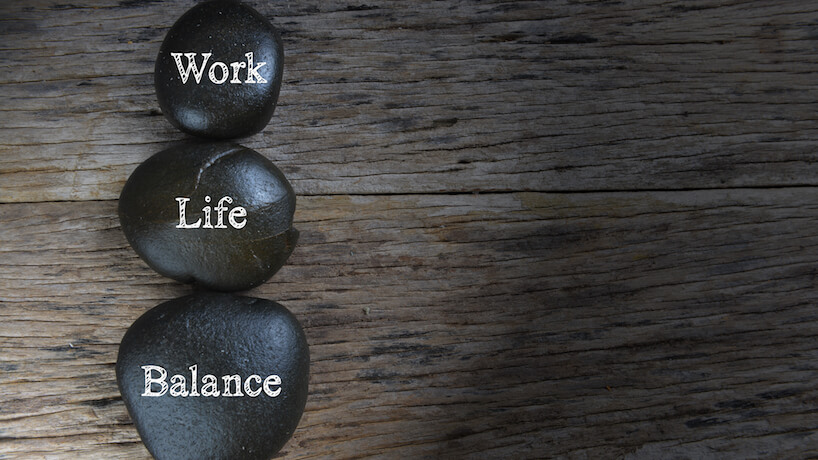Trendspotter
We sometimes forget that not so long ago, we could and would often disconnect. Taking a week-long break from work without checking messages or replying to e-mails was considered perfectly normal and arriving home at the end of the day signalled a tangible separation from the office. But the rapid progress of technology and the ubiquity of phone signals and Wi-Fi mean that we are now all held hostage by work’s infinite reach. These days maintaining a healthy work-life balance in the events industry is becoming increasingly elusive and more professionals are experiencing burnout.
“For this generation with 24/7 connectivity, there is a greater emphasis on immediacy, and although we are contactable 24 hours a day, we can’t make more time,” said Cate Carpenter, global head of marketing for cievents. Meeting and event planners are all too aware of the unrelenting nature of the work, and the responsibility that comes with making decisions that will shape the experience of hundreds, sometimes thousands, of participants. The pressure to get everything right all the time is intense.
“Burnout can happen in any industry,” said Vincent Yap, regional director, Southeast Asia, marketing communications at MCI, “but being an event planner, we are always on the clock and driven by it over the course of the entire project, sometimes in excess of four or more years for a single project. More often than not, we are on multiple timelines at any one time. We need to provide solutions for any scenario — wet-weather programmes, back-up servers, standby manpower and security — and to emerge unscathed.”
Yap also feels that the nature of the industry has shifted, adding to a planner’s burdens. PCOs and PEOs used to just provide operational delivery and efficiency, but now are required to supply customised solutions where planners act as sales, marketing, and PR agencies for the client. And those clients, once happy with hosting an “excellent” event, now want one that is “unique,” “experiential,” and “technology-driven.” They use buzzwords like disruption, gamification, and digitisation.
Of course burnout doesn’t happen overnight and individuals — and their employers — need to recognise its symptoms. Among them: chronic fatigue, insomnia, impaired concentration, anxiety, loss of appetite, and depression.
“The inability to effectively prioritise and juggle multiple timelines, multi-task, or think quickly on your feet,” Yap said, “definitely leads to eventual burnout.”
To avoid burnout, Carpenter advised professionals “to be smart with time management and know the difference between what meetings we need to attend and those we don’t.”
When striving for balance, use technology to your advantage rather than letting it be your master. “In this era, we are more connected than ever,” Carpenter said. And that opens “up endless possibilities, including the ability to work remotely, adding flexibility to our lives.” Cievents, for example, offers flexible work hours, shortened workdays in the summer, and gives staff a day off for their birthdays.
Yap believes planners need to identify the aspects of their job that are causing distress and address them individually or collectively with their employers, and that they should also be willing to ask for help if needed. He also frames a positive mental picture of what he will do once an event is over to help him refocus — like having a drink with the team, soaking in a pool, or simply being a couch potato — and see that there really is light at the end of the tunnel.

